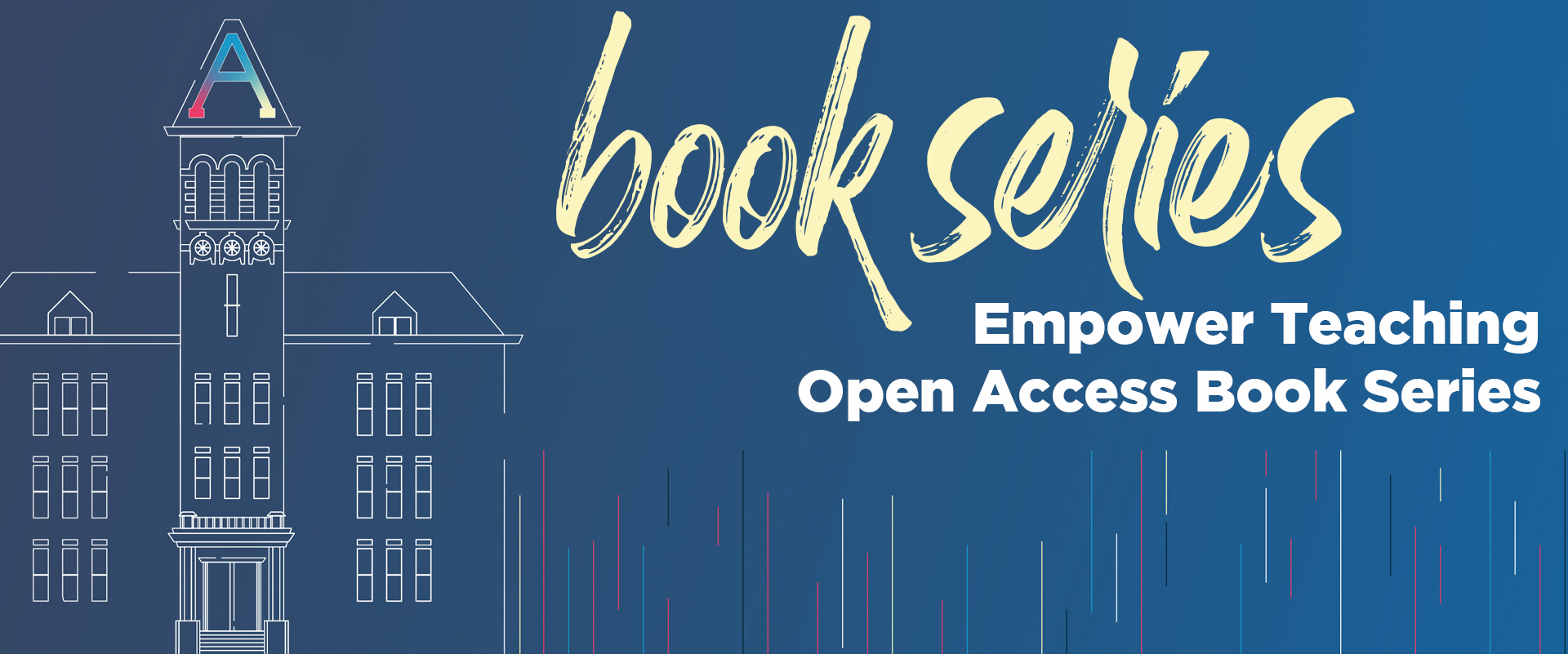Document Type
Front Matter
Journal/Book Title/Conference
Making Connections: A Handbook for Effective Formal Mentoring Programs in Academia
Editor
David Law & Nora Domínguez
Publisher
Utah State University
Publication Date
5-15-2023
First Page
101
Last Page
103
Creative Commons License

This work is licensed under a Creative Commons Attribution-Noncommercial-No Derivative Works 4.0 License.
Abstract
The 11 chapters of Part II of this book address the “how” questions related to program design, implementation, evaluation, and funding. These questions include:
• How do I conduct a needs assessment? (Chapter 5)
• How do I secure institutional support and organizational alignment? (Chapter 6)
• How do I execute my many roles as the program coordinator? (Chapter 7)
• How do I develop the program’s activities, objectives, goals, and outcomes? (Chapter 8)
• How do I match mentors and mentees? (Chapter 9)
• How do I prepare effective mentors? (Chapter 10)
• How do I prepare effective mentees? (Chapter 11)
• How do I promote equity and inclusion in the program? (Chapter 12)
• How do I assess and evaluate mentoring relationships and the mentoring program? (Chapter 13)
• How do I conduct research on the mentoring program? (Chapter 14)
• How do I fund the program? (Chapter 15)
The authors’ answers to these questions are explored in the following chapters. Conducting a needs assessment is often overlooked because it may seem redundant; after all, university leaders know what their unit needs, right? However, conducting a needs assessment is an essential early step that ensures program resources go to prioritized institutional needs. In chapter 5, Legler presents a systematic process to collect and analyze quantitative and qualitative data to identify organizational needs. Next, Legler describes how the needs assessment committee works with stakeholders of the university unit to prioritize needs and identify possible solutions. Finally, Legler concludes chapter 5 by exploring how big data can focus on actual behaviors that allow for greater audience segmentation
Recommended Citation
Law, David and Domínguez, Nora, "Part II. Designing, Implementing, and Evaluating Effective Mentoring Programs" (2023). Making Connections. Paper 35.
https://digitalcommons.usu.edu/makingconnections/35


